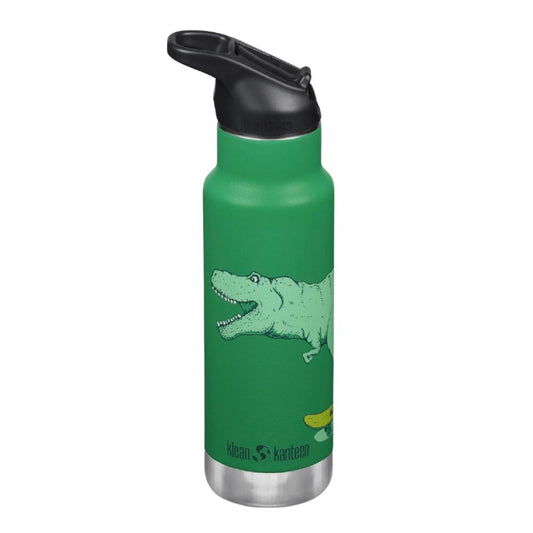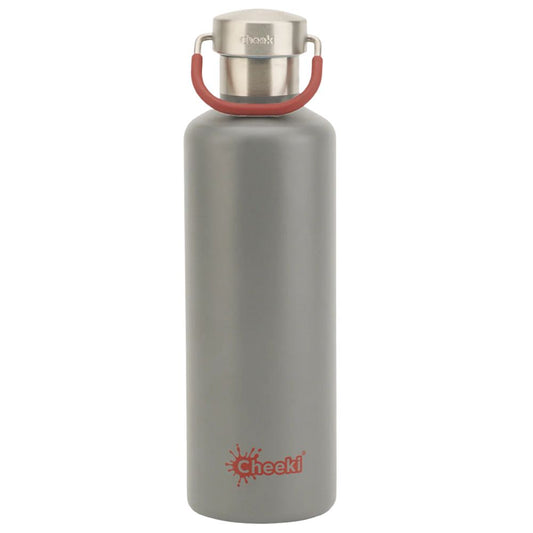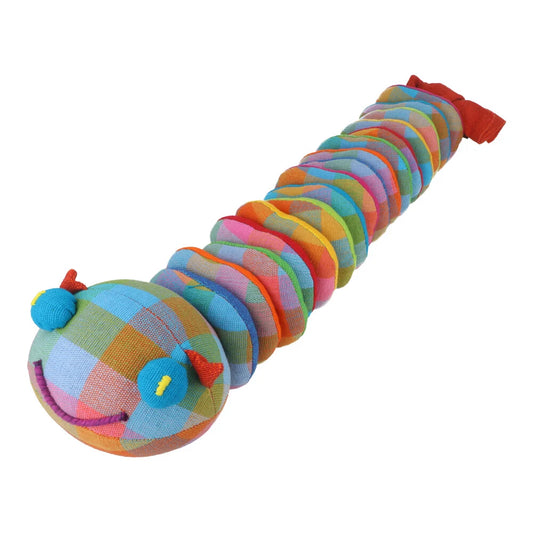If your skin gets itchy after shaving, it could be a sign of razor burn or folliculitis. Read on as we share some easy ways to help you avoid it.
What is razor burn and folliculitis?
Razor burn develops immediately after shaving and generally occurs when people dry shave, use an old, blunt blade, or use products that contain synthetic ingredients or harsh chemicals that irritate the skin.
Folliculitis on the other hand is a skin condition that results from a bacterial, fungal, or viral (rare) infection on the hair follicle under the skin. It often results in red, acne-like bumps that may be itchy or painful. Some people are more prone to it than others and shaving in the opposite direction to the way the hair grows may increase a person's risk of contracting it. 
How to avoid itchy skin after shaving
Use natural shaving products
First of all, never dry shave, that is, shave without using any product to lubricate your skin. Always use a gel, oil, or a specially designed shaving soap when shaving to provide lubrication and protection. It is best to choose natural one, and avoid things like synthetic ingredients, artificial fragrances, preservatives and alcohol. These are problematic ingredients that often cause irritation, especially for people with sensitive skin. Instead, look out for products with ingredients like castor oil, olive oil, glycerin (make sure it's palm oil free!), shea butter and cocoa butter. Read on for our recommendations. You can get an incredibly close shave with either of these liquid products below, and because they are highly concentrated, a little goes a long way so they're very economical. If gel or oil isn't your thing, a solid bar of soap designed for shaving is a great alternative. These natural shave soap bars are richer in nourishing oils than regular bar soap, and offer a great glide and protection. They are free from the synthetic ingredients that typically cause irritation.
Use sharp razor blades and keep them clean and dry
Replace the blades in your reusable metal razor as soon as they start to feel uncomfortable and blunt. If it feels like the hairs are snagging or there is more friction than usual, it's time to change the blade. How long a new blade lasts you depends on how often you use your razor, so the time between changes will be different for everyone. Shaving with an unclean razor can introduce bacteria into the hair follicles, which can lead to folliculitis. So between uses, clean out any gunk that accumulates as soon as you see it, and always air your razor out in a dry area, away from water spray.
Watch your technique
1. Apply some warm water to your skin and give it a gentle exfoliation using a natural exfoliant. Exfoliating before shaving helps keep your razor from being clogged up with dead skin cells, which reduce the blades's efficiency and life. It will also help you achieve a closer shave and lessen the chance of irritation.
2. Next, lather your skin up with your favourite natural shaving gel, oil or soap.
3. Now, take your metal razor and shave with the grain, applying as little pressure as possible. Let the weight of the razor do the work, using light, short strokes. Shaving this way reduces the chance of ingrown hairs, folliculitis and nicks.
4. Wash the foam off with warm water, then with cool water to close the pores.
5. Pat your skin dry and apply a natural moisturiser or after shave oil to prevent dry skin and flakiness.
MORE READING




































